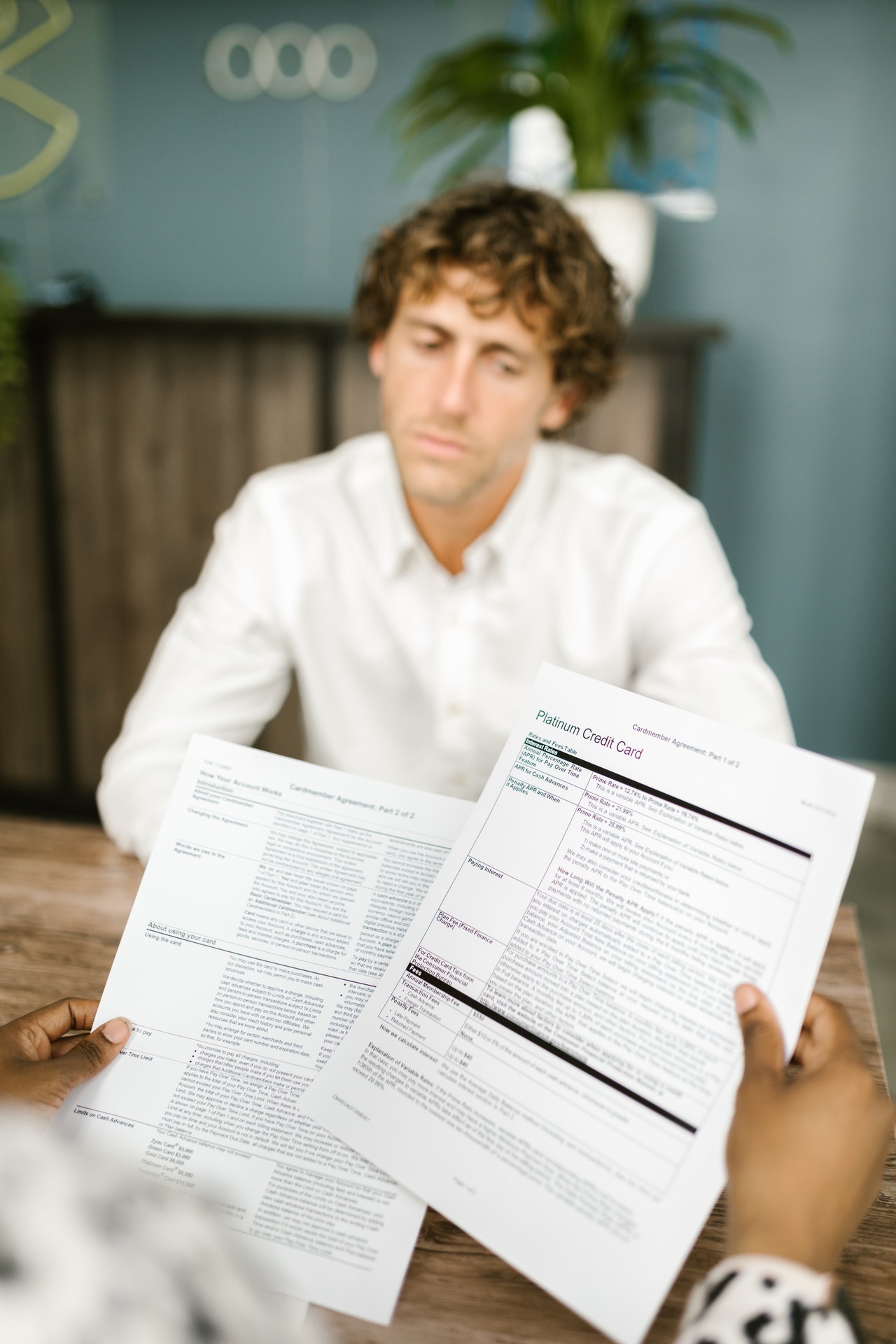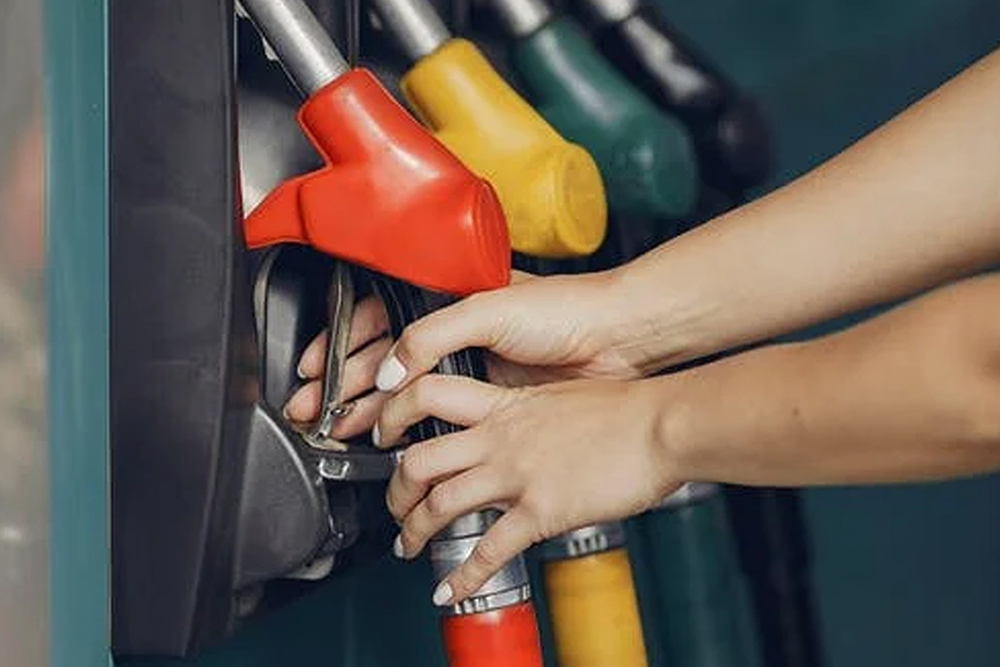
Roman Danaev
So, you feel ready to part ways with your wheels. Now that you’ve made this decision, your car is no longer just a vehicle — it’s an asset waiting to be maximised. How can you secure the best price for it?
Consider selling it yourself! You’ll likely attain more than a trade-in and have more bargaining power when purchasing your next car. We’ll guide you through the process, so follow these step-by-step instructions. You’ll come out ahead financially, and who knows, you might even find the process enjoyable.

Why should i sell a car privately?
Selling your car privately often results in a higher selling price compared to selling it to a dealership or company. This is especially true for rare or classic cars, which attract more interest from private buyers than from dealerships.
Also, private buyers are more likely to appreciate custom modifications you’ve made to your vehicle, and this could further increase its value.
However, selling a car privately requires effort and patience. You’ll need to advertise your car, meet potential buyers, and handle negotiations on your own. This process is time-consuming, stressful, and offers no guarantees of a quick sale. If you’re looking for a streamlined, hassle-free option, online car-buying services provide a faster transaction process.
If you’re still determined, let’s talk about the steps involved.
Step 1 - Make sure your car’s in good working order

Advertisements can hide a multitude of issues, but a buyer who takes the time to inspect your car in person will likely notice any obvious damage or faults. They won't be pleased if they discover undisclosed problems, like a big dent on one side or a dashboard lit up with warning lights.
To avoid disappointing buyers and wasting their time, it’s important to address any damage or mechanical issues before putting your car up for sale. While your car may seem old to you and you’re eager to part with it, buyers are typically looking to invest in a vehicle that looks good, drives well, and doesn’t immediately need a lot of repair work.
If your car does have issues beyond minor imperfections like wheel scuffs, be upfront about them in your ad. Clearly photograph and describe any problems, and adjust your asking price accordingly if necessary. Remember, misrepresenting your car’s condition could lead to legal issues if you claim it’s in “perfect working order” while knowing it has major issues.
Step 2 - Get a fresh MOT
If your car has recently passed its MOT test, there’s no need to get another one immediately. However, buyers will appreciate knowing they won’t have to deal with an MOT soon after buying your car. Nowadays, buyers check a car’s MOT history to assess its condition and reliability.
Likewise, if your car has an outstanding manufacturer recall for safety reasons, it’s important to take care of this.
Step 3 - Clean your car
Start with a thorough wash and wax to enhance its appearance and durability. Clean the wheels, especially if they contrast with the car’s colour, because they attract attention.
Inside, vacuum thoroughly and dust surfaces. Consider using a subtle car air freshener, but avoid strong scents that might raise concerns about masking odors like smoke or pets. Remove any visible stains from seats and carpets.
Remember to declutter storage areas like the glovebox and check compartments in the boot for any items. Make sure you have the key for the locking wheel nuts. Lastly, clean cup holders and remove anything from the sound system if applicable.
Step 4 - Take the best pictures of your car
Take a variety of photos from all angles of the car during daylight hours, preferably in good weather.

Include shots of the interior, and consider photographing the boot and under the bonnet as well. Make sure the steering wheel is straight and turn on the engine so that dashboard icons and the car’s infotainment system are visible. Take both wide shots that frame the entire car and close-up shots to highlight its condition.
Step 5 - Advertise your car
Most websites will automatically fill in details like the car’s make and model once you enter your registration. Make sure these details are correct.
You might have space to add a short description. Keep it concise, but include important info about the car’s condition and history in about 50 to 75 words. Include these key details:
- Mileage, engine size, fuel type, and service history
- Your asking price and contact information
- High-quality photos of the interior and exterior
- A clear, honest description noting any faults or accidents
- The MOT status and the date of the last MOT
- Any optional extras or upgrades
Step 6 - Arrange viewings
Potential buyers will likely want to see and test drive your car before buying, which is normal.
When scheduling viewings, be flexible but sensible. Avoid dedicating a whole day to just one potential buyer who might not show up. If possible, aim to arrange multiple viewings in a half-day slot to maximise your efficiency.
Follow these steps for safety:
- Meet in a familiar public place, not at your home.
- Take note of the potential buyer’s contact information.
- Have a friend or family member join you for support during viewings and test drives.
- Make sure the buyer has a valid UK driving licence and is insured to test drive your car. Otherwise, offer to demonstrate it yourself.
- Consider using a dashcam.
Step 7 - Offer a test drive

A test drive lets the buyer experience the car and makes it more likely they’ll decide to buy it.
As already previewed in the previous section, without proper insurance, you won’t be compensated if there’s an accident, and they might not buy the car. Always accompany them during the test drive.
Step 8 - Agree on a price
Before entering negotiations, determine your ideal price, a fair price, and the absolute lowest offer you’ll accept. Researching similar cars for sale will give you a good idea of your car’s market value, although private sale prices are typically lower than trade-in prices.
Stay firm and avoid accepting offers that are too low, regardless of how persuasive the buyer may be. At the same time, be open to negotiating a small reduction in price, depending on the car’s value, to facilitate a quicker sale.
Step 9 - Documentation when selling your car
You should have the following documents ready:
- V5C logbook
- Full service history
- MOT certificates
- Owner’s manual
- Car warranty documents
- Proof of purchase
The V5C logbook is particularly critical because it facilitates the transfer of ownership. Selling your car without it lowers its value and makes potential buyers wary of its history. If you don’t have the logbook, you can order a replacement through the DVLA website or by submitting a V62 form to the DVLA.
Step 10 - Sort out the payment

Cash used to be common, but handling large sums can expose you to counterfeit notes and security risks if kept at home.
Opt for electronic bank transfers for speed and ease, though be cautious of fraudsters who may reclaim funds from a compromised account. Verify the buyer’s identity and bank details to mitigate risks. Consider a test transfer of a small amount (£1, for example) to confirm the details and timing of the full transfer. Important: only hand over keys and paperwork once all funds are received.
Cheques and banker’s drafts are decent alternatives, but they delay the sale process due to processing times.
Step 11 - Complete the sale
After receiving funds, provide the necessary paperwork and draft a receipt — you can find templates online or make one yourself. Include these details:
- Car make and model
- Registration number
- Mileage
- Agreed sale price
Have both parties sign the receipt, including a clause stating “sold as seen, tried, and approved without guarantee” for protection against future disputes.
Step 12 - Notify DVLA you sold your car
It’s a legal requirement to inform the DVLA when you sell your car. This guarantees that you aren’t liable for any parking tickets or penalties incurred by the new owner.
The easiest method is to do this online through the DVLA’s website. Alternatively, you can fill out section 2 of the car’s V5C logbook, detach section 6 (the ‘new keeper slip’), and mail the rest of the logbook to the DVLA.
Sell your car safely with Motorways
Final words
There you have it — you know how to sell your car on your own, and you’re aware of the simpler alternatives available. Consider what makes the most sense for you, and be thorough in your decision. Here’s to finding the perfect next car for you!
Contents
- Why Should I Sell a Car Privately?
- Step 1 - Make Sure Your Car's in Good Working Order
- Step 2 - Get a Fresh MOT
- Step 3 - Clean Your Car
- Step 4 - Take the Best Pictures of Your Car
- Step 5 - Advertise Your Car
- Step 6 - Arrange Viewings
- Step 7 - Offer a Test Drive
- Step 8 - Agree on a Price
- Step 9 - Documentation When Selling Your Car
- Step 10 - Sort Out the Payment
- Step 11 - Complete the Sale
- Step 12 - Notify DVLA You Sold Your Car
- Sell Your Car Safely With Motorways
- Final Words
Latest News
| Loan amount: | £16,000 |
|---|---|
| Length of loan: | 60 months |
| Interest rate: | 12,9% |
| Amount of interest | £5,793.84 |
| Total payment: | £21,793.84 |





